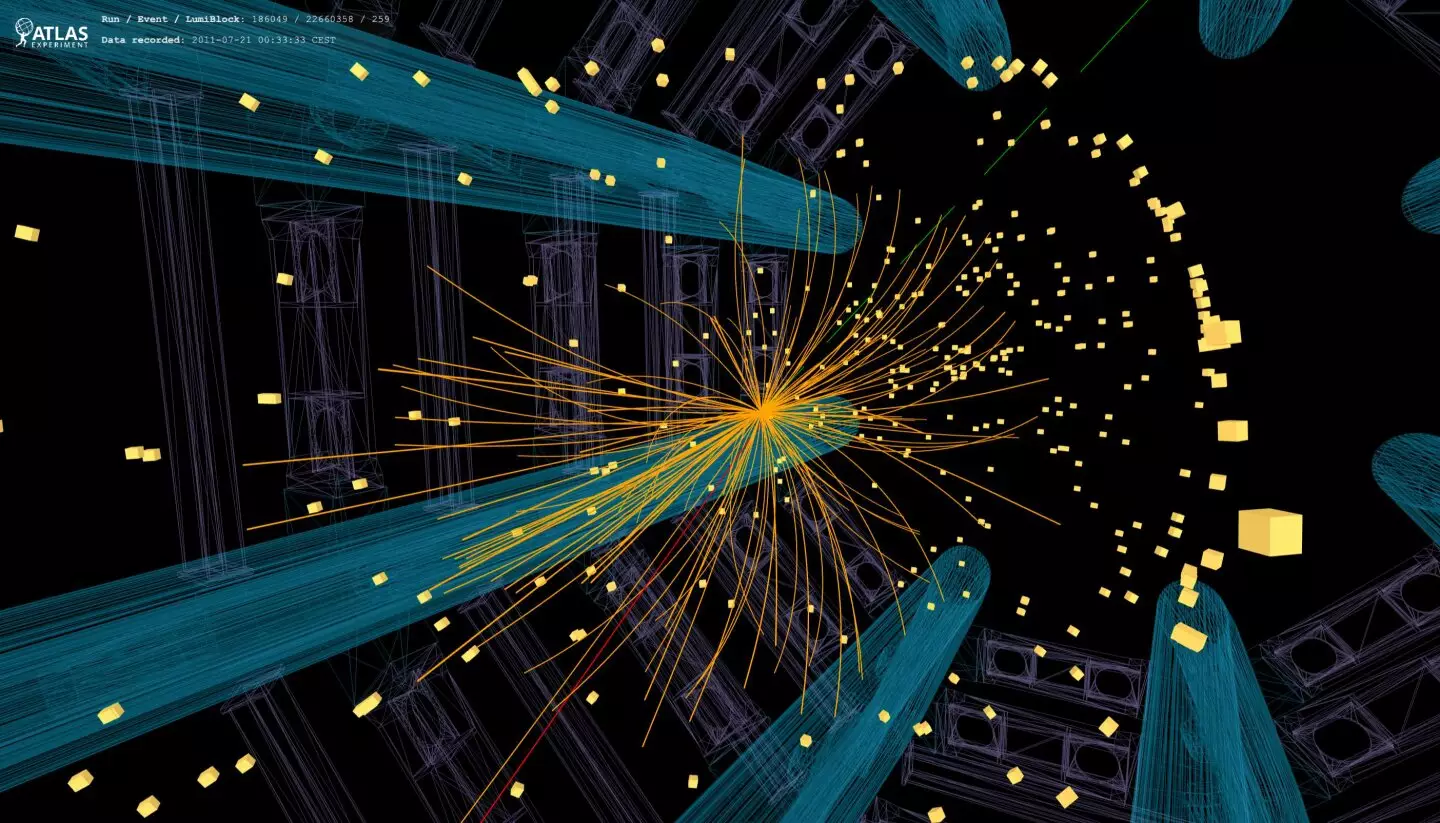The discovery of the Higgs boson in 2012 marked a significant milestone in particle physics by completing the Standard Model puzzle. However, this achievement also raised important questions about what lies beyond this well-established framework. The universe still holds many mysteries, such as the nature of dark matter and the origin of matter-antimatter asymmetry, which remain unsolved.
One parameter that has the potential to shed light on new physics phenomena is the “width” of the W boson, the carrier of the weak force. The width of a particle is a measure of its lifetime and describes how it decays into other particles. Deviations in the decay patterns of the W boson could indicate the presence of unknown particles or forces that are not accounted for in the Standard Model.
In a recent study published on the arXiv preprint server, the ATLAS collaboration at the Large Hadron Collider (LHC) made a groundbreaking measurement of the W-boson width for the first time. Previous measurements from CERN’s LEP collider and Fermilab’s Tevatron yielded values consistent with the Standard Model prediction. However, the ATLAS experiment at the LHC provided a more precise measurement, with a value slightly larger than the predicted width but still within a reasonable range of deviation.
Achieving such a high level of precision required meticulous calibration of the ATLAS detector and a detailed analysis of particle decays. Physicists meticulously calibrated the detector’s response to particles, accounting for background processes and ensuring accurate measurements. Understanding the production of W bosons in proton-proton collisions and incorporating theoretical predictions were essential components of the measurement process.
The updated measurement of the W-boson mass by the ATLAS collaboration also exhibited consistency with the Standard Model predictions. As more data is collected and analyzed, future measurements of the W-boson width and mass are expected to further refine our understanding of these fundamental particles. Advancements in theoretical predictions and improvements in experimental techniques will continue to push the boundaries of particle physics and offer opportunities to explore new particles and forces beyond the Standard Model.
The quest for new physics beyond the Standard Model remains an ongoing journey filled with challenges and opportunities for discovery. The precision measurements of the W boson at the LHC are a testament to the dedication and ingenuity of the scientific community in unraveling the mysteries of the universe. As technology advances and theoretical frameworks evolve, physicists are poised to unlock the secrets of the cosmos and explore the fundamental building blocks of nature like never before.


Leave a Reply